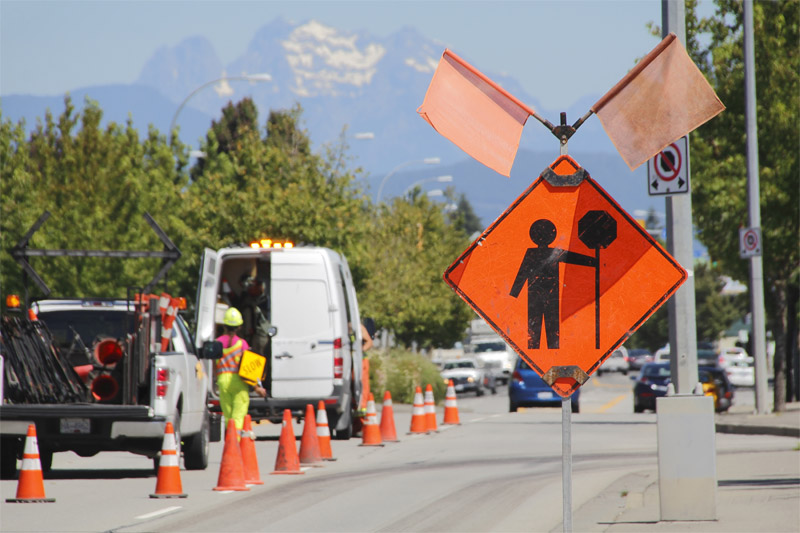Flaggers’ Function and Role in Construction Work
In Canada, the flagger is mostly seen trying to ensure that there is a free flow of traffic around the construction crew. They are the ones who are seen before getting closer to the construction site with the ‘Stop’ or ‘Slow’ sign to show people and motorists how to move through a work zone. Two flaggers are often seen working hand in hand on opposite sides of a road with a two way radio or even hand signals. The work of a flagger in a construction site is very important. No engineer working an urban site can do without them.
It is the responsibility of a flagger to ensure that lives are protected and there is an easy flow of movement among the pedestrians, bicyclists and motorists on the roadway. The primary work of a flagger in Canada is to maintain and fully concentrate on making sure that each time he or she is working it is safe. They also manage the day-to-day construction site set up. The person is expected to carry, lift and put up the traffic cones so that it is easier for everyone to move around. Weight of up to 50 lbs can be expected in the work. The assembly, placing, lifting and carrying of traffic control signals to the proper places in order to handle construction site traffic is important. The provincial and company guidelines for a well maintained construction site must be followed.
Flaggers Jobs Calgary
The payment of a flagger in Canada annually is $23,568 on the average. It is not a difficult work and can be seasonal depending on the construction site or the type of construction been carried out.
